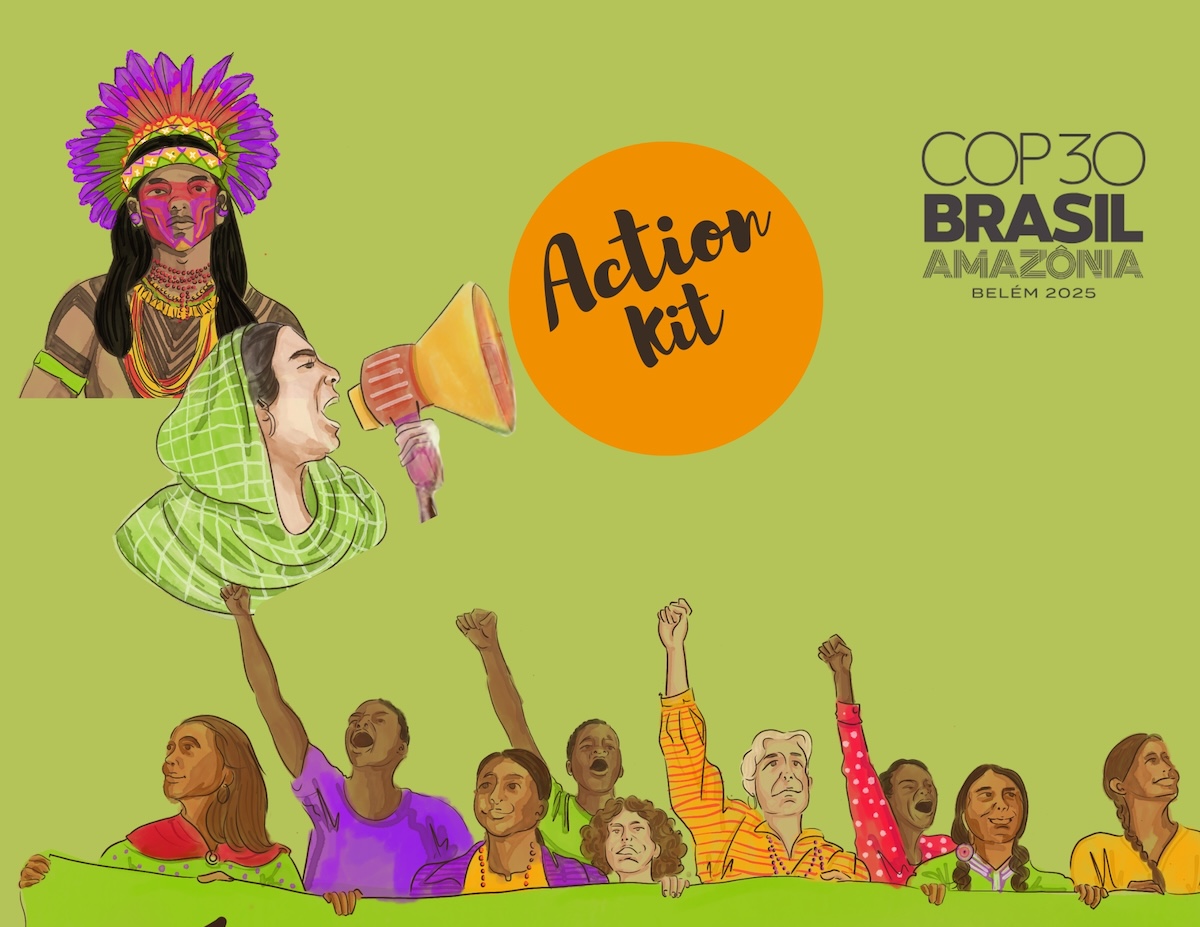Significance of the Case
Women’s rights groups and other human rights and social justice organizations in India have widely celebrated this historic judgment, which advances the essential constitutional values of equality, dignity and secularism. While Muslim women have challenged triple talaq in courts previously, this was the first instance where a Muslim woman had challenged a triple talaq divorce on the basis that her fundamental rights under the Constitution had been violated. While the Court did not address gender discrimination explicitly, it is instructive to note that even the dissenting judgment noted “…that all concerned are unequivocal, that besides being arbitrary the practice of ‘talaq-e-biddat’ is gender discriminatory.”
The Bharatiya Muslim Mahila Andolan (BMMA), a rights-based mass organization led by Muslim women, and a party in the current case, conducted a study in 2015 which found that approximately 1 in 11 Muslim women were survivors of triple talaq, the majority receiving no alimony or compensation. This practice has left thousands of women destitute, at times rendered homeless overnight along with their children. In India different religions (for example, the Hindu, Muslim, and Christian communities) are governed by their own personal law in family matters, pertaining for instance, to inheritance, property rights, marriage, divorce and so on. It is possible, to an extent, to opt out of these personal law systems. However, these systems remain widely prevalent and often incorporate systemic discrimination against women. One commentator notes that, “[t]he subtext of all personal laws, regardless of religion, is that women are not equal to men.” This reality undermines the ability of women to realize their other human rights, including in relation to housing, land and resources in general. As reflected in a 2013 consultation with members of the International Land Coalition’s network, “[w]idespread gender-based discrimination in laws, customs and practices cause severe inequalities in [women’s] ability to access and control land and other natural resources, and limit their participation in decision-making in land governance, from the household to local and national institutions.” The decision is particularly relevant because it addressed a practice within the ambit of personal law through the lens of structural equality and within the framework of fundamental rights. Now, in a limited way, it will be feasible to test and challenge other discriminatory personal laws against fundamental rights.
A lawyer involved in this case noted, “[t]he most important takeaway is that it has unleashed the energy of Muslim women who for the last 25 years have been working on this issue.” The case was driven by relentless grassroots activism and led from the front by women affected by the practice, strengthening the galvanization of women activists from the Muslim community working towards the realization of a range of human rights.
While this case is a significant recognition of women’s experiences and confirmation of their rights, subsequent events are a reminder that a sustained advocacy strategy is needed to ensure that other groups do not frame decisions to support their own interests. The National Alliance of People’s Movements (NAPM) highlights this tension by noting “…the propensity of the current ruling dispensation…to appropriate…this judgement and…use it to brand the Muslim community as regressive.” For example, the government bill has been criticized by certain commenters as being less about gender justice and more about political persecution of a minority community. NAPM notes further, “…the need to re-emphasize that patriarchy needs to be fought within and across religions and legal reform must move in that direction, in consultation with women [and that] [d]emonizing minority religions, with a majoritarian and authoritarian approach,…will be challenged, by all progressive forces”.


